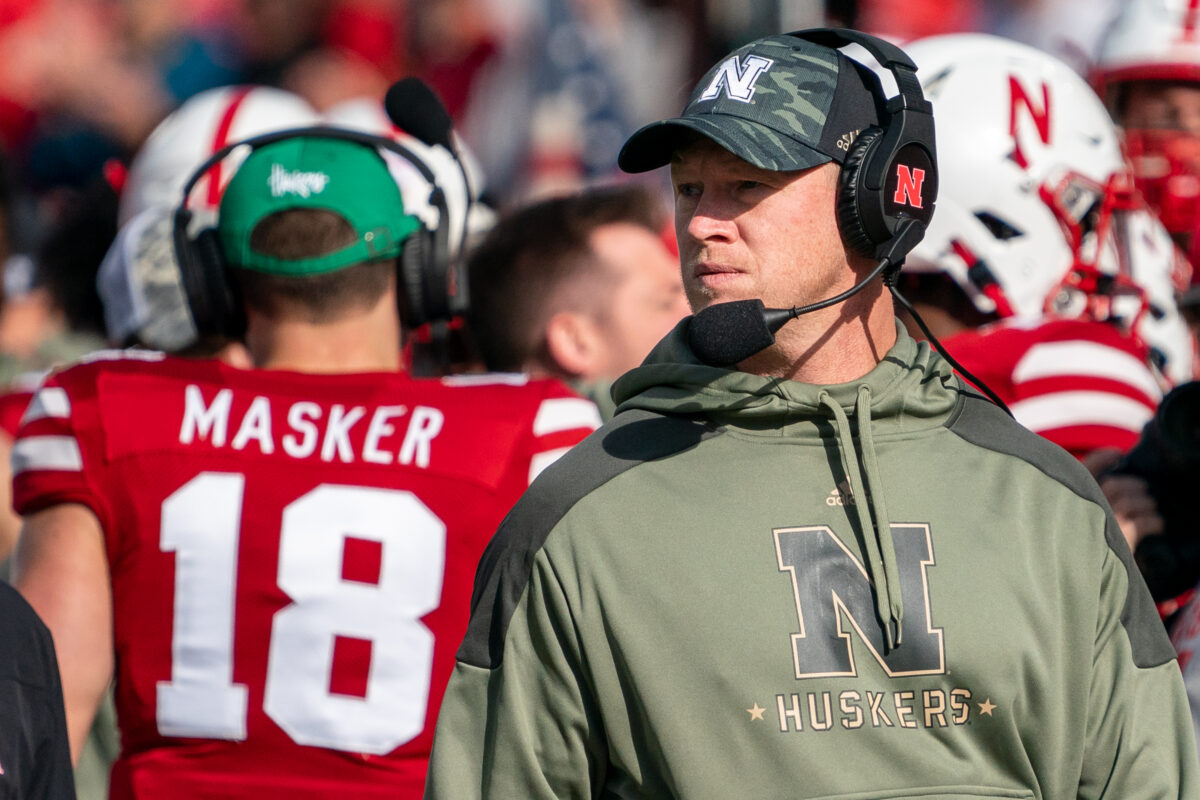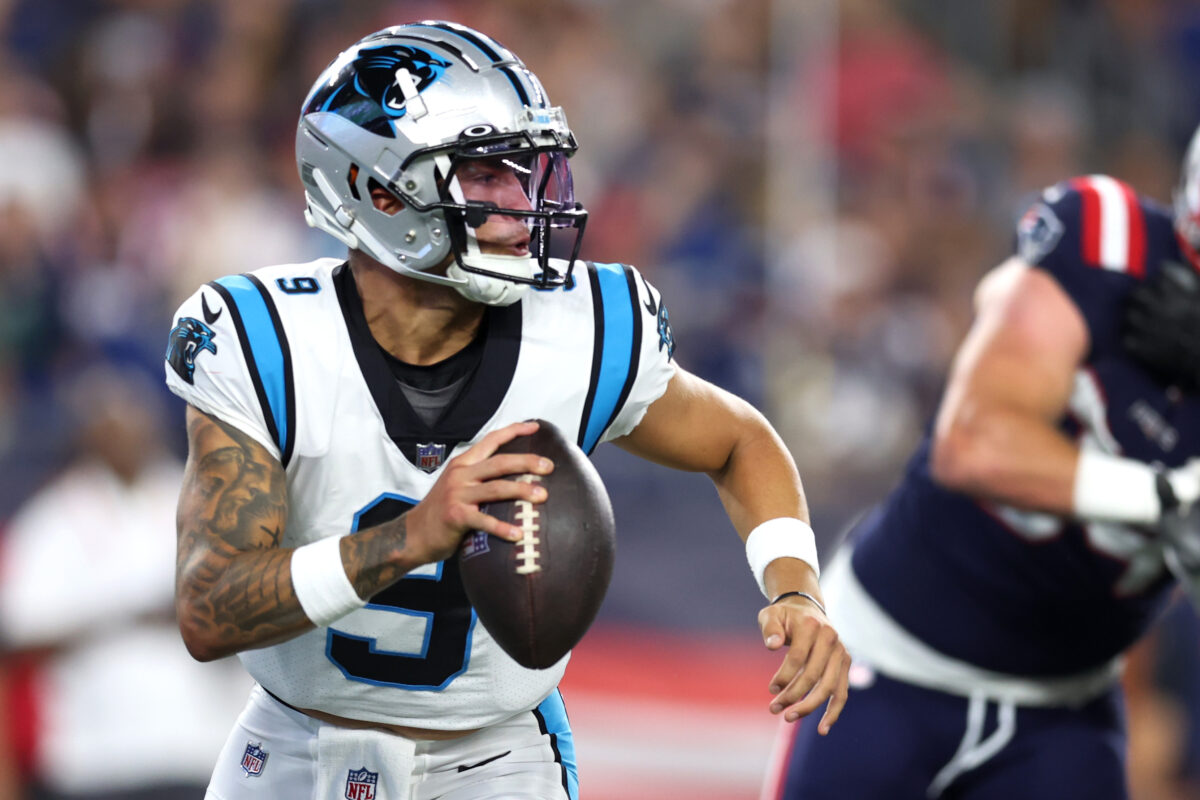Generally, the start of the college football season is reserved for the week leading up to Labor Day.
Indeed, the bulk of the big-ticket early season contests between blue bloods, such as Oregon-Georgia and Ohio State-Notre Dame, are reserved for the official Week 1 slate in 2022.
But if you’ve taken a look at the college football schedule for this fall, you’ll notice that a handful of games are set for the prior weekend on August 27. This is what has come to be known as “Week 0” by fans, and several teams will begin action before the technical start of the college football season.
Why is that?
The answer, believe it or not, lies with the Hawaii Rainbow Warriors.
Given Hawaii’s exorbitant costs to travel to and from the continental US during the season, it has historically been allowed to schedule an extra home game to make up for those costs (any team that plays at Hawaii also has this option, though other schools rarely take advantage of it).
However, beginning in 2016, the NCAA took things even further. Hawaii — and any team that travels to the islands for a game — is permitted to begin their season a week early. This year, the Rainbow Warriors open by hosting an SEC foe in Vanderbilt during Week 0.
That’s also why teams with road games in Hawaii, such as UNLV and Duquesne — who opens at Florida State next Saturday — are permitted to play.
There are also several other situations in which teams are allowed to play games early. FCS teams can schedule during Week 0 as long as it’s a non-conference matchup on national television. This year, the matchup between Stephen F. Austin and Jacksonville State, which will be broadcast on ESPN, meets that criteria.
Understand all that? Good, because it gets even more complicated.
Teams can also apply for an exemption to these rules, allowing them to play during Week 0 for a range of reasons. Those reasons can include extreme travel, like when Nebraska and Northwestern face each other in Dublin, Ireland, next weekend, or if they really, really want to, as was the case when Florida opened against Miami to kick off ESPN’s coverage of the 150th anniversary of college football in 2019.
While Week 0 exists, at least nominally, for the purpose of providing financial relief to Hawaii and the programs that play it, it has become an important part of the college football television industrial complex, and its role is likely only going to continue to grow.
Hopefully with this peek behind the curtain, all you’ll be able to think about while watching mid-level college football next weekend is the exhausting amount of red tape that went into bringing that game to your screen.
[mm-video type=video id=01gb8g841z8h0r7cebw8 playlist_id=none player_id=01evcfkb10bw5a3nky image=https://images2.minutemediacdn.com/image/upload/video/thumbnail/mmplus/01gb8g841z8h0r7cebw8/01gb8g841z8h0r7cebw8-f5080e1b4dc72a4e9ba303a6a6c62536.jpg]
[listicle id=1952222]
[vertical-gallery id=1947147]

